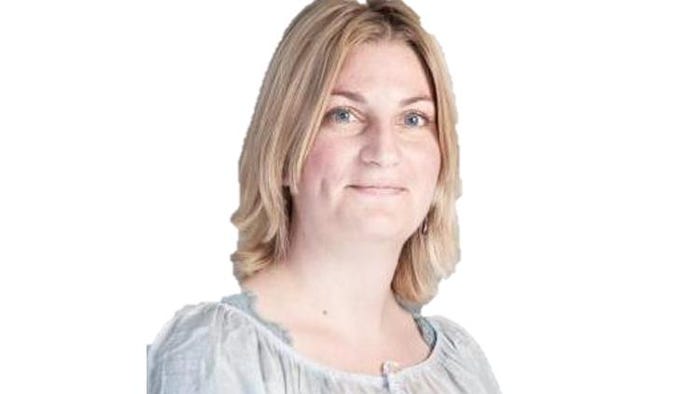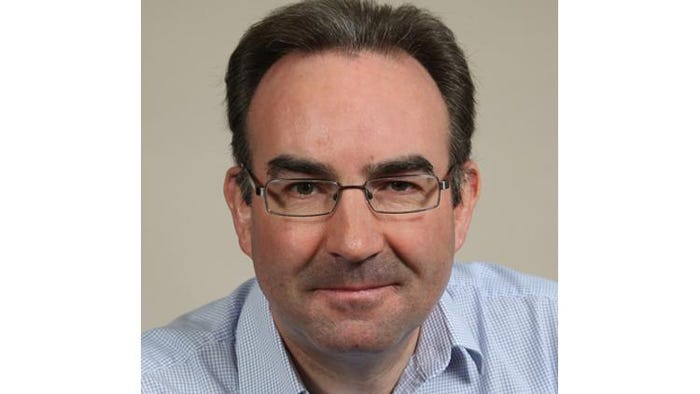April 27, 2016

What does Europe’s Circular Economy Package and the coming regulations mean to you? If you take a measured and intentional approach to sustainable packaging design, you can actually optimize the value for your organization.
Perhaps you’ve noticed: Circular economy has become “the next big thing.” It’s now a standing topic at most sustainability conferences, a regular news item in key publications and on the forefront of everyone’s emerging issues radars.
Major news lately includes: General Motors recycling employee water bottles for car parts, Walmart joining the Ellen MacArthur Foundation’s Circular Economy 100 and Dow winning a prize for its efforts to drive circular economy related to water. And did you see the new EMF report on plastics? Project Mainstream sets out some ambitious visions and actions related to overcoming endemic barriers to circularity of packaging.
If you’re like most of our clients, you’re still wrestling with what circular economy means to consumer packaged goods. Or at least, what’s different about circular economy compared to the packaging recycling advocacy we’ve been doing for the past 40 years. Establishing a truly circular economy for consumable packaged products must go beyond simply improved end-of-life management to rethinking how we deliver the function of our packaged products.
However, driving recovery of materials is still a key component to the vision of circularity—and it’s one of the most direct ways governments can encourage companies to design packaging differently. This is why we’re seeing the latest from the European Union (EU) directive in the Circular Economy Package. Whether you agree with the focus or not, the reality is that more waste-management focused legislation is coming down the pike to drive circular economy of consumer packaging.
What is the EU Circular Economy Package?
The EU has an overall vision of becoming 100% sustainable by 2050. As part of that vision, the EU has also adopted the first Circular Package of initiatives. The package includes specific waste-related legislative proposals, as well as a broader action plan.
The focus of the waste proposals is to reduce waste to landfill, and includes an ambitious Packaging Directive with a long-term plan for achieving 75% recycling of packaging waste by 2030. The Action Plan articulates additional measures to address circularity throughout the life cycle of products and packaging and tackles specific market barriers in plastics, food waste, bio-based products, as well as others, and will also propose measures in areas such as innovation and investment.
The proposed Directive will affect all materials used for packaging and will also increase scrutiny of the materials and practices related to waste-to-energy facilities.
While the Directive outlines how the EU suggests member states actually implement policies to achieve the goal, it is still up to the member states to determine how to achieve the overall goals. The states will likely have three years to conform with the expectation.
What does this mean for you?
If you already sell goods into the EU, you are well aware of the complex packaging fee and reporting requirements for doing so. Most likely, as recycling targets increase, we can expect states will consider increasing fees at the same time to help accelerate packaging reduction and recovery.
If you’re thinking about selling your goods in Europe, it behooves you to start getting organized to make sure you can be in compliance at minimal cost.
The good news is, the risk of higher fees gives you a strong business case for looking carefully at your packaging. The fees could be steep enough that simply lightweighting your packaging incrementally to cut costs may not really save you much money.
Since it will take a few years for the states to interpret and integrate into their own regulatory frameworks, you are able to take a measured and intentional approach on how to optimize the value for your organization.
How to save more than nickels and dimes
Getting a jump on managing your designs to save money on packaging fees, particularly when they might become more steep or reporting more stringent, is always a good idea. What we’ve learned from helping other companies with their packaging fees is that the earlier in design process you can influence the amount of packaging required to achieve a certain function, the more you can reduce your packaging costs and related packaging recycling fees.
But your opportunities go beyond just managing costs. Start thinking now about how the broader circular economy principles could enable you to repackage functional and sustainable design, so you are reducing the amount of packaging going into the world in the first place.
Five tips for how to get started:
1. Strategize: Develop a vision that aligns with your company values and strategic priorities as a company and in sustainability specifically.
2. Prioritize your actions: Start somewhere. Don’t be afraid to start small, fail fast, learn and reiterate.
3. Redesign—the business, product, delivery system and more: Consider designing for recyclability and material separation (such as “design for disassembly). But also use this opportunity to rethink how your product is packaged—go beyond just dematerialization. Think about new ways to meet the function of packaging.
4. Measure: As with all sustainability initiatives it’s important to know what your metrics are for success—what environmental/social/economic issues are you aiming to improve and what does “better” mean? How do you ensure you aren’t designing in unintended consequences? There are several ways to measure the impacts of your design decisions—use life-cycle assessments (LCAs) to quantify things like energy consumption, greenhouse gas emissions, emissions to air and water, for example. Your LCA can also incorporate the key parameters for the circularity metrics being proposed by Ellen MacArthur foundation.
5. Iterate: A key component to achieving big ideas is to keep the larger goal in mind but drive progress in tangible, achievable smaller projects
Watch this free webinar to learn more.
This article was written by Laura Flanigan, Lise Molander and Aidan Turnbull.

Laura Flanigan is vp of the Consumer Goods sector and a senior consultant at thinkstep. She has 15 years of experience developing, implementing and evaluating customized strategies, frameworks and tools to help clients achieve their visions for sustainable products, business practices and operations.

Lise Molander is a principal consultant and thinkstep’s director of strategic accounts, Nordic Region. She is an expert on innovation, design and implementation of circular economy models. She has more than 17 years of industrial and consultancy experience in sustainability, innovation, processes, facilitation, eco-design, cradle-to-cradle and circular economy on the corporate level.

Aidan Turnbull, Ph.D., is director of the www.BOMcheck.net industry-led substances declarations web database and the www.EC4P.com web database system for WEEE, Batteries and Packaging compliance. Turnbull holds a Doctorate in Physics and Electronics, sponsored by British Telecom through a CASE award. He has specialist expertise in REACH, RoHS, WEEE, Batteries, Packaging and EcoDesign through a range of projects over the past 23 years.
***************************************************************************
Learn about the latest developments in sustainable packaging at EastPack 2016, June 14-16, in New York City.
About the Author(s)
You May Also Like


